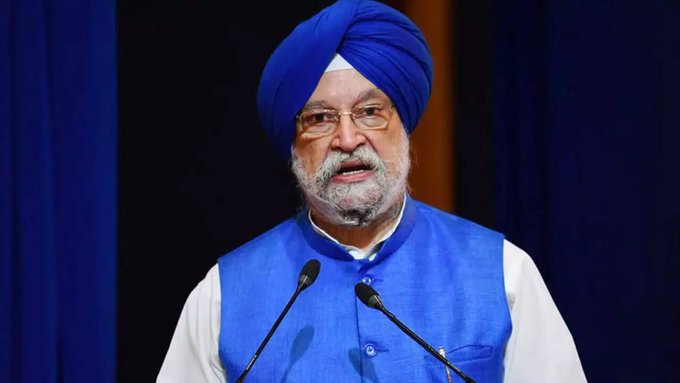
NEW DELHI — The Government of India has confirmed its ambitious goals for the domestic defence sector. The current financial year’s Defence Production Target is set at an impressive Rs 1.75 lakh crore. Furthermore, the government is on track to achieve this monumental figure. This push is part of the “Aatmanirbhar Bharat” (Self-Reliant India) initiative. Officials confirmed that this rapid growth aims to establish India as a global defence manufacturing hub. This massive economic drive showcases the nation’s strategic commitment to self-sufficiency.
Defence Production Target: Financial and Manufacturing Goals
The growth trajectory in the defence sector is steep and deliberate. In the previous fiscal year (FY 2024-25), India recorded its highest-ever defence production value at Rs 1.54 lakh crore. The government is confidently targeting Rs 1.75 lakh crore for the current financial year. Looking ahead, the longer-term goal is even more ambitious: boosting defence production to Rs 3 lakh crore by 2029.
This financial growth is paralleled by increased indigenisation. Crucially, approximately 65% of all defence equipment is now manufactured within the country. This represents a monumental shift from a previous reliance on imports for 65 per cent–70 per cent of equipment. This strategic change proves the robust technological upliftment and enhanced capacity of India’s defence ecosystem.
Key Reforms and Private Sector Empowerment
The government’s success hinges on a series of structural reforms designed to empower the private sector and streamline processes:
- Special Fund Approval: Defence Minister Rajnath Singh approved a special fund of Rs 500 crore to promote deep-tech and cutting-edge projects. This fund specifically supports collaboration between academia, start-ups, and industry.
- Ordnance Factory Restructuring: A historic step was the restructuring of ordnance factories. It led to the creation of seven new defence companies, enhancing functional autonomy and efficiency.
- Private Sector Role: The private sector is playing a leading role in advanced areas such as drones, avionics, and sophisticated electronics. The innovation ecosystem is strengthened by nearly 16,000 Micro, Small, and Medium Enterprises (MSMEs).
Defence Acquisition Policy Streamlining
The Ministry of Defence designated the year 2025 as the ‘Year of Reforms’. Significantly, the transformation includes major changes to the procurement framework:
- DAP 2020: The Defence Acquisition Procedure (DAP) 2020 acts as a transformative policy framework. It centers on clarity, transparency, and indigenous innovation to overcome past delays and import reliance.
- DPM 2025: Effective from November 1, 2025, the Defence Procurement Manual (DPM) 2025 further simplifies processes. It ensures timely availability of equipment and services worth approximately Rs 1 lakh crore for the Armed Forces.
Record Export Growth and Global Footprint
India’s enhanced manufacturing capability is fueling record export growth. The goal is to achieve an export target of Rs 50,000 crore by 2029. Currently, India exports defence equipment to over 100 countries, including the US, France, and Armenia. The diversified export portfolio, ranging from patrol boats and helicopters to radar systems and bulletproof jackets, demonstrates the depth and maturity of the sector. While Defence Public Sector Undertakings (DPSUs) still contribute about 77 per cent to the total production, the private sector’s contribution is steadily growing, currently standing at 23 per cent. In short, the strong Defence Production Target is a direct result of the ‘Aatmanirbhar Bharat’ vision.





